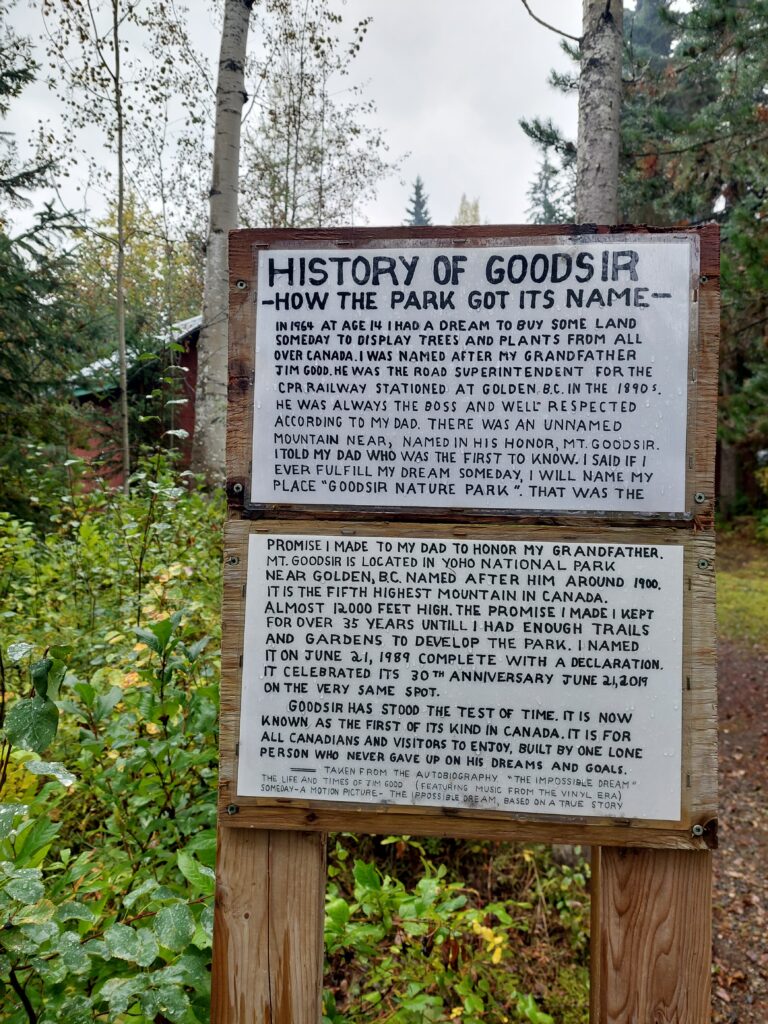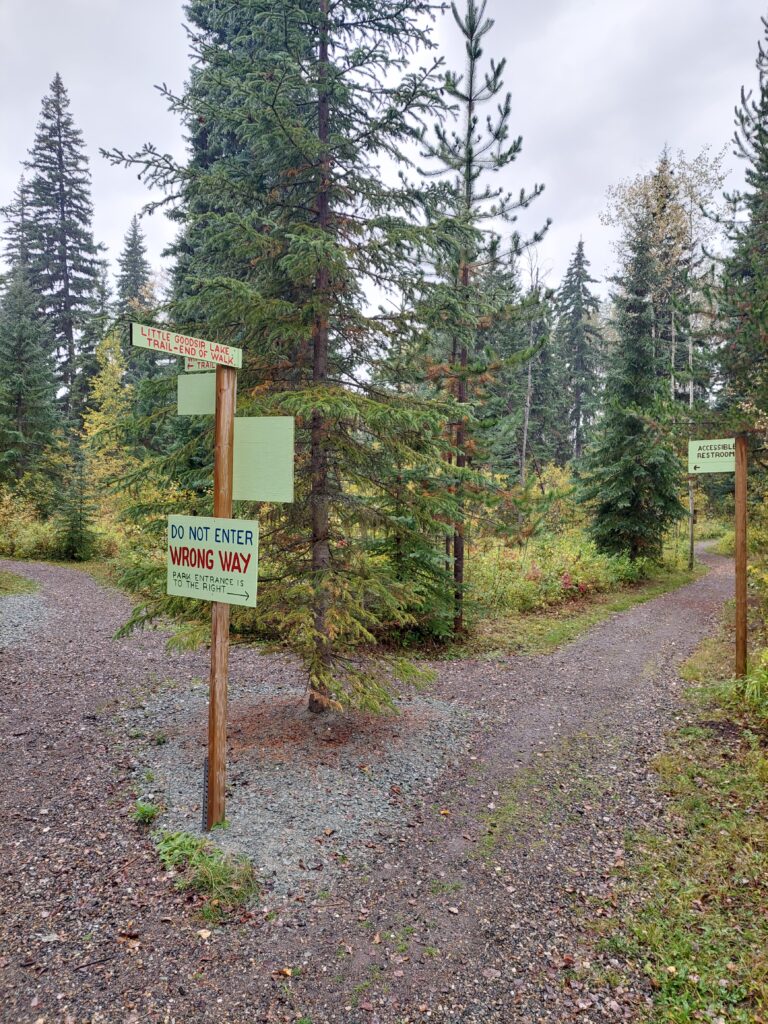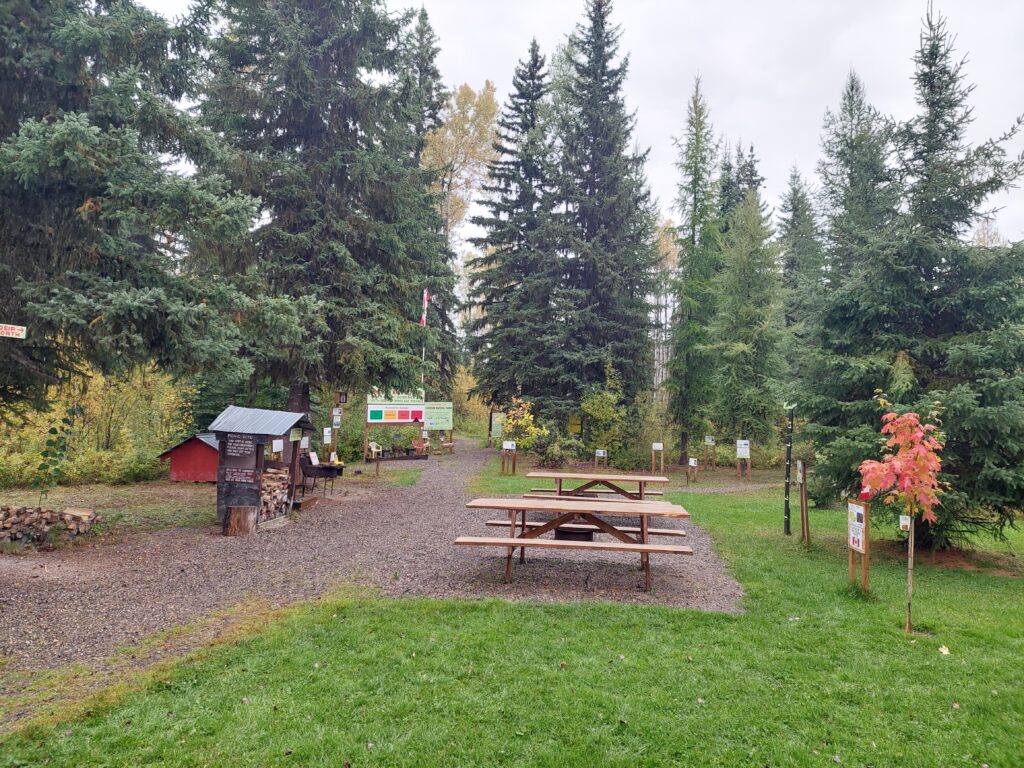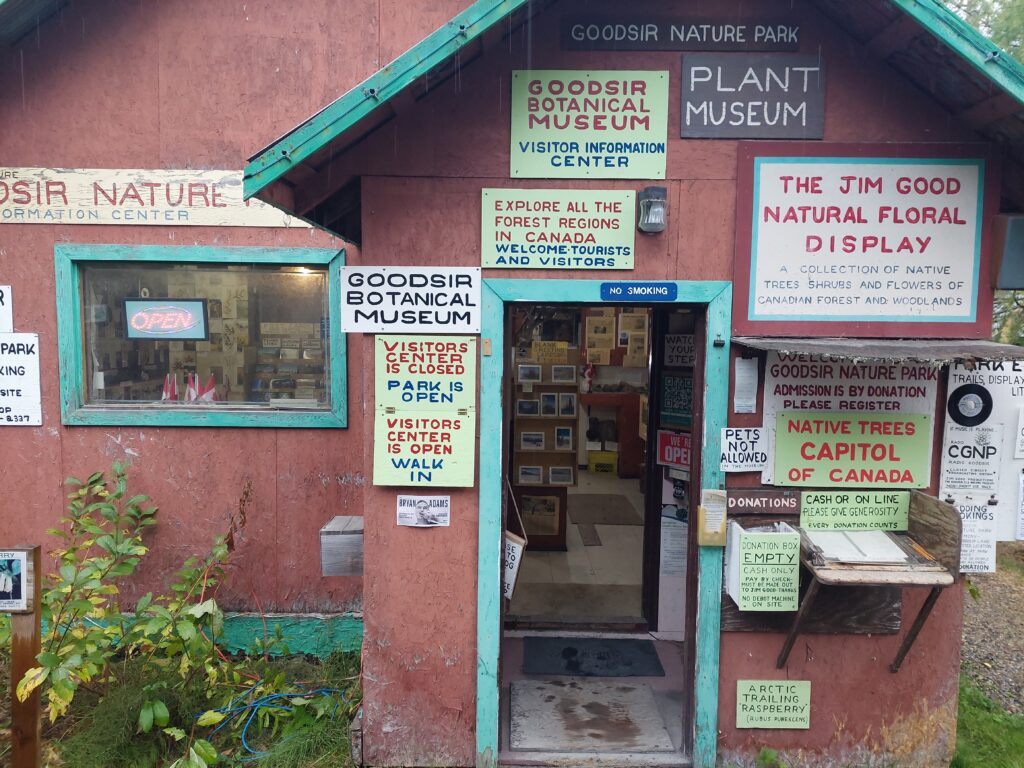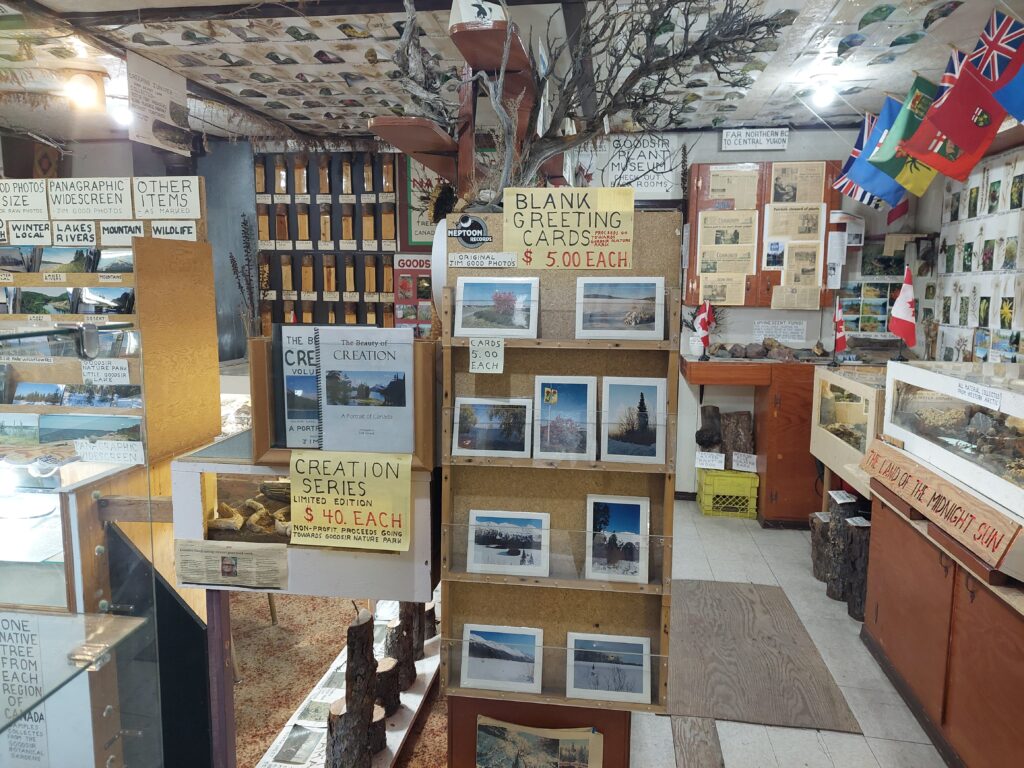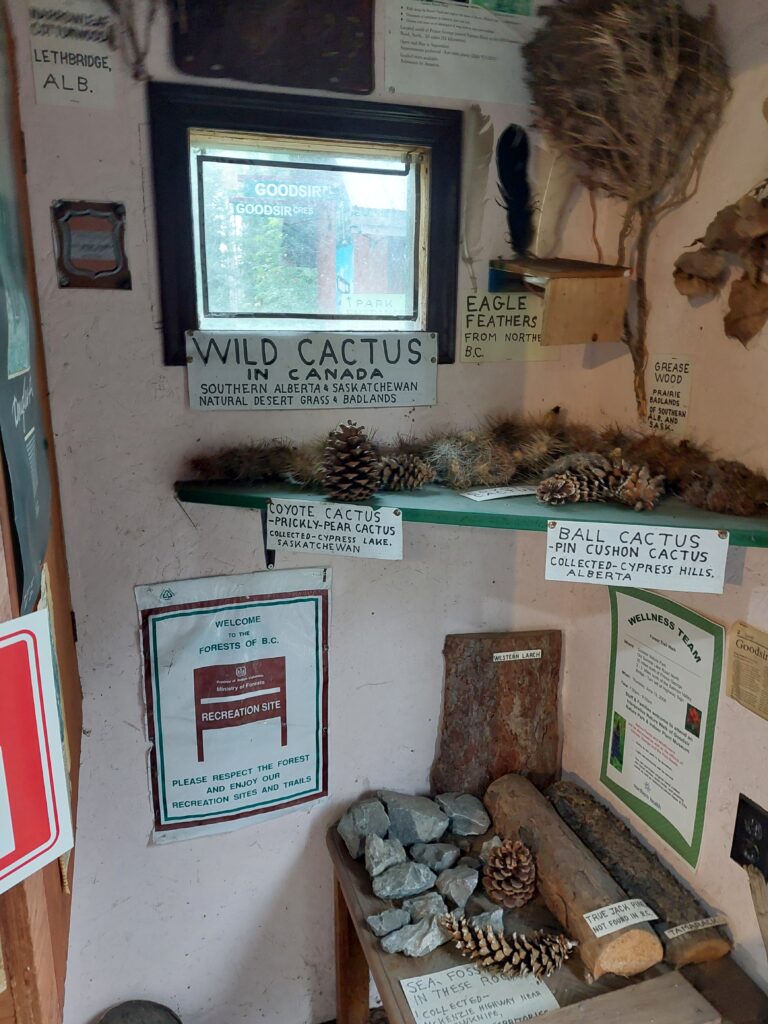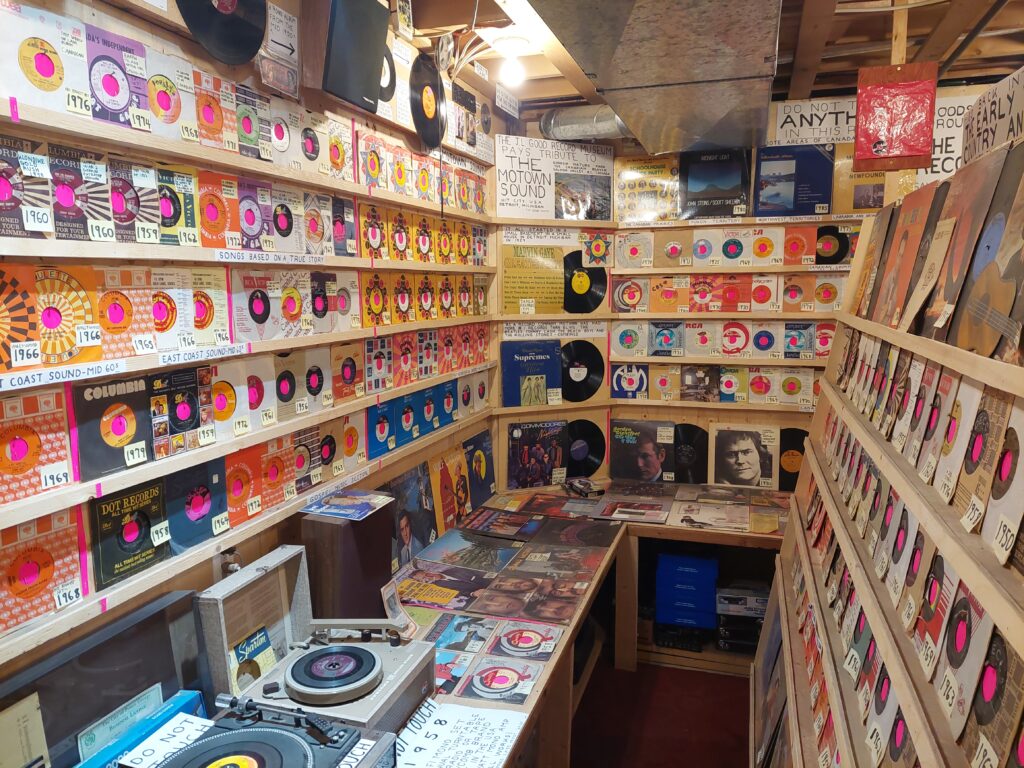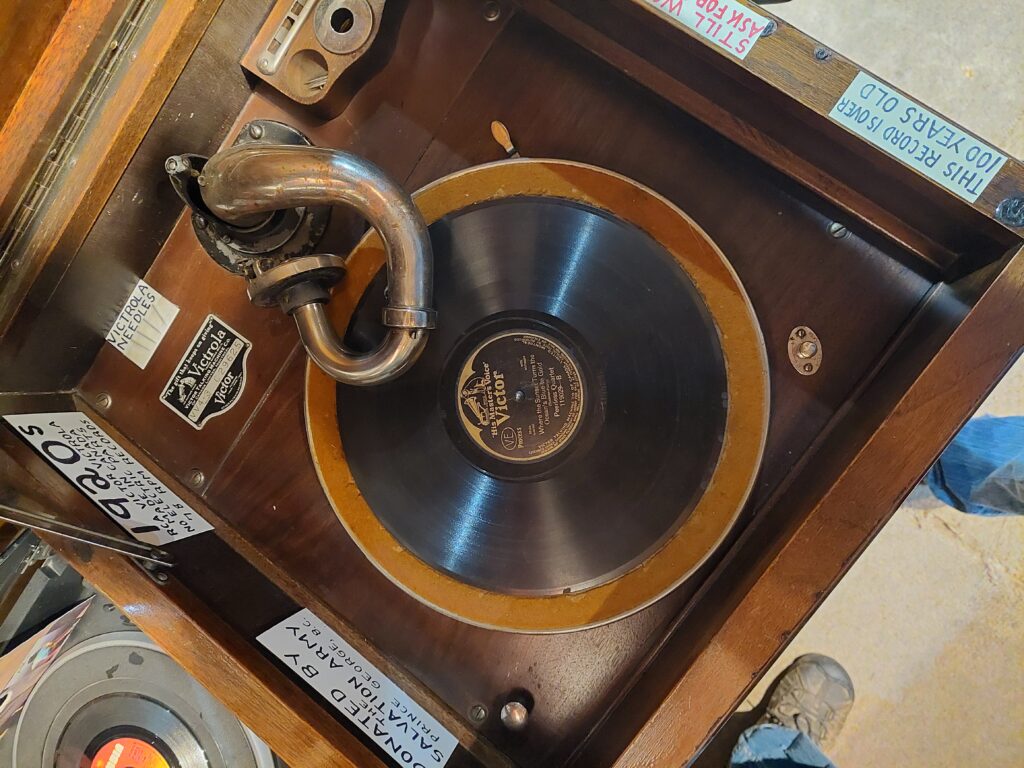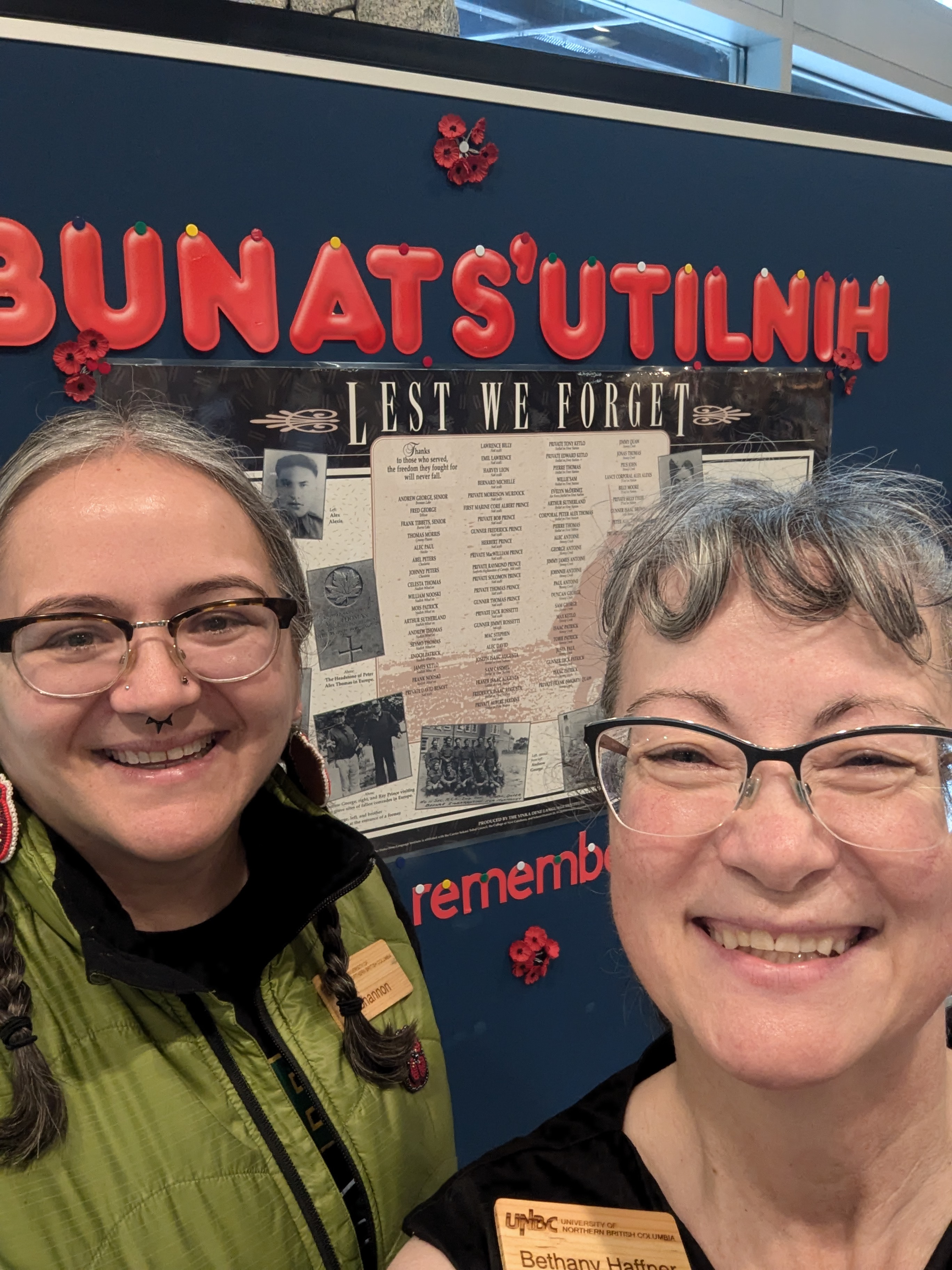Just twenty minutes north of Prince George, nestled in the quiet folds of Salmon Valley, lies a place that feels like stepping into a living museum—one curated not by a committee or a government agency, but by a man with a lifelong devotion to Canada’s natural beauty. Goodsir Nature Park is not just a park. It’s a personal archive of native plant life, a sanctuary of ecological storytelling, and a testament to what one person can build with vision, patience, and love.
This September, a group from Students for a Green University (SGU) at UNBC had the privilege of spending a lovely weekend at the park. The event was organized by SGU’s co-president, Madi Tokarchuk, whose energy and commitment to sustainability made the day not only possible but unforgettable. While there, visitors are invited to listen to stories and find themselves immersed in a world shaped by Jim Good—a world where nature speaks, and every trail tells a tale.
Goodsir Nature Park spans 160 acres of forest, wetland, and garden. It features ((over 3km of) wheelchair accessible) walking trails, each lined with interpretive signs that identify native plant species and explain their ecological roles. But what makes this park extraordinary isn’t just its biodiversity—it’s the fact that it was built, maintained, and curated by one person.
Jim Good purchased the land in 1987, and by 1988, he began planting native trees from across British Columbia and Canada to bring his dream to life—a space where Canadians could learn about their native flora through hands-on, immersive experiences. But his journey started long before that. As a child, Jim was captivated by plants, a curiosity that blossomed into a lifelong passion and ultimately a remarkable legacy. Over the decades, he traveled to all ten provinces and two territories, collecting plant samples, photographing habitats, and pressing specimens for display. Today, Goodsir Nature Park features over 3,000 plant species, two botanical gardens, and an indoor museum showcasing native trees, shrubs, vines, grasses, and wildflowers—alongside more than 3,000 habitat photographs from across the country.
Madi Tokarchuk, SGU’s co-president, had coordinated the event with care and enthusiasm. She arranged carpools, promoted the fundraiser, and ensured that everyone felt included. Her leadership reflects the values of SGU: sustainability, community, and education. Under her guidance, the event became more than just a field trip—it was a celebration of local stewardship and intergenerational learning.
As you stroll along the trails, you’ll encounter handcrafted interpretive signs that highlight the park’s seasonal rhythms—vibrant wildflowers blooming in June and July, ripe berries in August, and a blaze of autumn colors in September and October. Towering trees line the path, some bearing deep claw marks etched high into their trunks—a silent reminder of the bears that roam these woods. These scratches, reaching several meters above ground, speak to the strength and presence of wildlife in the area. Among them stand ancient trees, their bark weathered and roots sprawling, some estimated to be over a hundred years old. And if you’re lucky, you might catch a glimpse of the passing train, its iconic horn echoing through the forest like a call from another time.
Inside the botanical museum, thousands of pressed plant specimens are displayed, each labeled with its origin and ecological significance. The collection is complemented by nature-themed books, poems, paintings, and even songs—all created or curated by Jim. It’s a space where science meets art, inviting visitors to experience nature not just as a subject of study, but as a wellspring of inspiration.
Just steps away, the second museum on site offers a nostalgic journey through time. Shelves are lined with gramophone records, cassette tapes, and VHS collections. At its heart is a century-old gramophone that still plays without electricity, its warm crackle echoing through the room like a voice from the past. The museum also proudly displays awards and medals, recognizing the significance of Goodsir Nature Park as acknowledged by both the provincial government and the University of Northern British Columbia.

